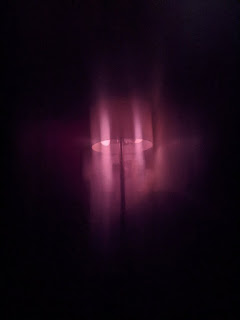Three devices.
They all do the same thing (IR Transceiver) using the same app (Tuya smart home?)
First look at the PCBs,
Two have the same CBU WiFi module, one is different, the w3bs.
I hate apps. These are Bluetooth/wifi devices.
They could simply host web pages and an API. Instead you must use their app.
To that I say NO!
So let's find out what makes them tick.
There's no screws on these, so time to bring out the opening tools.
Not bad. Just a few clips. A wiggle here and a wiggle there and it's open.
The IR Filter plastic doesn't look transparent at all, and it's kind of thick.
Here are pictures through the filters.
I'm no light spectrum'ologist person, but wouldn't the pinkish one be a better filter?
 |
 |
 |
CBU Module Datasheet: https://developer.tuya.com/en/docs/iot/cbu-module-datasheet?id=Ka07pykl5dk4u
W3Bs Module Datasheet: https://developer.tuya.com/en/docs/iot/wb3s-module-datasheet?id=K9dx20n6hz5n4
If you're looking to connect these to HomeAssistant, this is one of the methods:
I'm also told that the WB3s module has the same footprint of the ESP8266 so it should be easy to drop it in and flash.
Modification of one of these is to be continued.











Comments
Post a Comment